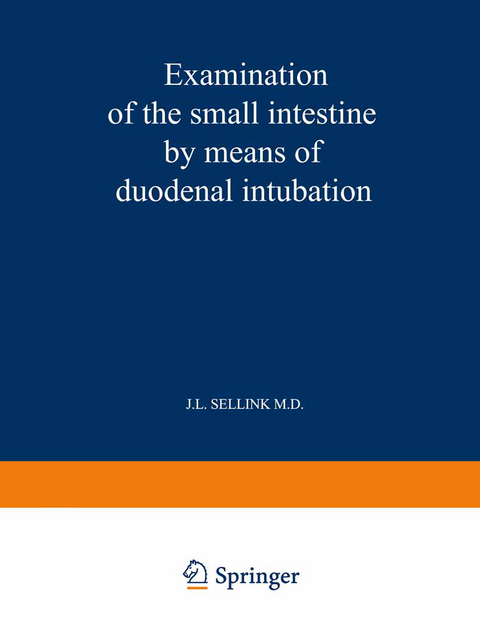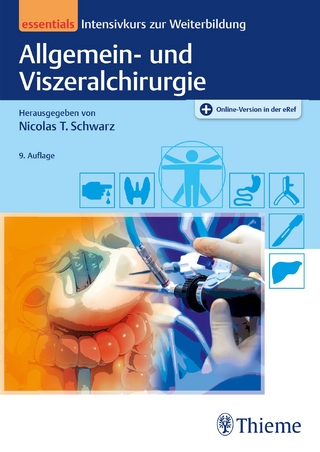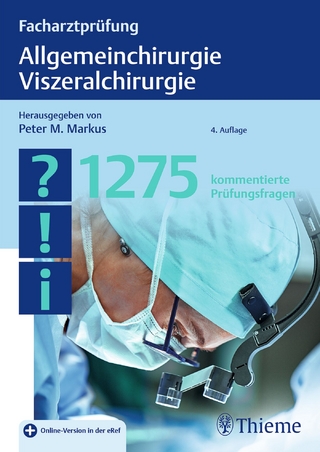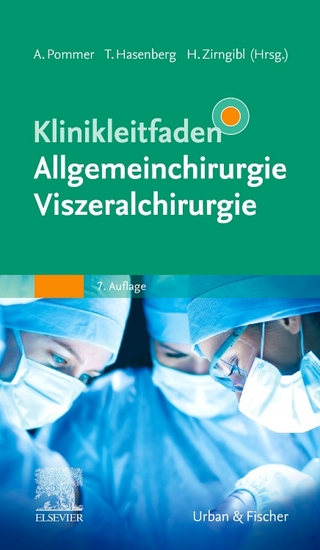
Examination of the Small Intestine by Means of Duodenal Intubation
Wolters-Noordhoff B.V. (Verlag)
978-90-207-0297-2 (ISBN)
Our knowledge of the diseases of the small intestine has increased greatly since the second world war. The advances made in the auxiliary sciences, in particular biochemistry and histology, are mainly responsible and have led to their increased importance in this field. It is unfortunate that although radiology also contributed new understanding, it has not been able to match the progress of the other sciences. In spite of the advancements made in, for instance, vascular examination, radiology has experienced a relative decrease in its importance to the differential diagnosis of the diseases of the small intestine. The main reason for this is that radiology can only offer an extremely modest contribution to the differentiation between the many diseases with the malabsorption syndrome. In a number of cases, radiological differential diagnosis is in principle not possible because there are only histological and biochemical abnormalities of the mucous membrane of the small intestine without macroscopic abnormalities. There remain however many diseases with malabsorption for which a morphological examination can be highly valuable. This applies for: 1. diseases with gross anatomical abnormalities: anastomoses, fistulae, blind loops; strictures, adhesions; diverticula. 2. diseases with local, usually rather gross mucosal abnormalities: leukemia, Hodgkin's disease, lymphosarcoma; intra-mural bleeding; local edema due to venous congestion (e. g. thrombosis) or lymphatic obstruction (irradiation treatment). 3. diseases with more general mucosal abnormalities: edema due to: lymphangiectasis, allergic reactions, protein-losing enteropathy; amyloidosis, Whipple's disease, scleroderma.
I Introduction.- II History.- III Anatomy.- IV Physiology.- 1. Innervation of the small intestine.- 2. Tone and peristalsis.- 3. Function of the pyloric muscle.- 4. Influence of nutrients on gastric emptying time and rate of transit through the small intestine.- 5. Influence of the volume of the contrast meal on the gastric emptying time.- 6. Effect of the absorption of fluids from the contrast column in the distal ileum.- 7. Obstructions in the small intestine.- V The Contrast Medium.- General considerations.- 1. Sedimentation of the contrast medium.- 2. Flocculation of the contrast fluid.- 3. Segmentation of the contrast column.- 4. Additives to the contrast medium for the purpose of improving stability and adhesion.- 5. Relationship between viscosity, particle size and adhesion of the barium suspension.- 6. Specific gravity of the contrast fluid.- 7. Comparative studies with different brands.- 8. Contrast media other than barium sulfate.- VI Methods of Examination.- 1. ‘Physiological’ examination of the small intestine.- 2. Single administration of the contrast medium.- 3. Fractional administration of the contrast medium.- 4. Administration of cold fluids with the contrast medium.- 5. Administration of the contrast medium through a tube directly into the small intestine (enteroclysis).- 6. Retrograde administration of the contrast fluid.- 7. Combined methods of examination.- 8. Laxation before the examination and the use of the right lateral position.- 9. Use of drugs to accelerate transit.- VII Review and Conclusion.- VIII The Enteral Contrast Infusion.- 1. Preparation of patients.- 2. Duodenal intubation.- 3. Administration of the contrast medium.- 4. Radiological examination.- 5. Supplementary administration of air or water.- IX discussion of Patients.- 1.General considerations.- 2. Patients.- X Summary and Conclusion.
| Zusatzinfo | 90 Illustrations, black and white; VII, 148 p. 90 illus. |
|---|---|
| Verlagsort | Groningen |
| Sprache | englisch |
| Maße | 210 x 279 mm |
| Themenwelt | Medizinische Fachgebiete ► Chirurgie ► Viszeralchirurgie |
| Medizinische Fachgebiete ► Innere Medizin ► Gastroenterologie | |
| ISBN-10 | 90-207-0297-1 / 9020702971 |
| ISBN-13 | 978-90-207-0297-2 / 9789020702972 |
| Zustand | Neuware |
| Haben Sie eine Frage zum Produkt? |
aus dem Bereich


